Corn Academy
Published
8/3/2023
This activity is all about CORN! Corn is more than just food. You may be surprised to learn that corn is found in many products we use everyday. Learn about the different types of corn, field corn, sweet corn, and popcorn and how they harvested and used.
Ninety-nine percent of the corn grown in America is field corn. It can be grown in many climates and soils and it can be used for so many different things like livestock feed, cornstarch, corn oil, corn syrup, and ethanol. The “Corn Belt” refers to states where growing conditions are ideal for corn like Iowa, Illinois, Nebraska, Minnesota, Indiana, Ohio, Wisconsin, South Dakota, Michigan, Missouri, Kansas and Kentucky. With the exception of Antarctica, corn is produced on every continent in the world. There are over 3,500 different uses for corn products.
Set up the following family friendly activity stations:
- Corn Hole Game--Fun competition for families and friends.
- Corn Pit (This will be your greatest draw and will keep both children and parents around for a long time.)
- Corn Guessing Game--This game has consumers guess which item does NOT contain corn or a corn product in it. Consumers are amazed to discover what everyday products contain corn or corn product in them.
- What Kind of Corn are we Talking About?--Bring examples of popcorn, sweet corn and field corn to display. Farmer volunteers explain the different types of corn, and how they are used. (Consumers are often surprised that popcorn is a variety of corn.) Volunteers should be prepared to answer questions that range from giving advice on how to grow corn in their backyard gardens to helping the consumers understand more about GMOs.
- Popcorn in a Bag--Purchase popcorn still on the cob and put it in a brown paper bag with instructions on how to pop. Display a popped cob so consumers can see what to expect at home. Talk about the nutrition of popcorn and that it is a healthy whole grain snack.
- Orville Reddenbacher--Share how a famous man turned a 4-H project into America's best-selling premium popcorn. Rent a popcorn machine and serve free popcorn to all the visitors. The smell of freshly popped popcorn will draw visitors--everyone likes something for FREE!
- Water a Corn Plant--Set two buckets next to each other on the table. One bucket has water and one bucket is empty. Use measuring cups to measure the amount of water a corn plant needs (4.5 cups) into the empty bucket.
- Why Does Corn Have Hair?--Ask, "Why does corn have hair?" Tell them that corn has hair to facilitate the pollination process. The male tassels at the top of the corn plant drop pollen down. As it falls, the hair, also known as silks, on the top of the female cob catch the pollen Each kernel is attached to one piece of silk. Every kernel must be pollinated for it to grow. Show the attendee what a kernel is on the ear of corn. Then ask how many kernels they think are on each ear of corn. After they have guessed, have them open a card to find the correct answer.
- Living Necklace--Directions:
- Dip cotton ball in water and gently squeeze out the excess moisture so it is not dripping. Flatten it like a pancake or tortilla.
- Place the untreated clean corn seed or bean seed in the middle of the damp cotton ball and wrap the cotton around the bean seed.
- Place the seed and cotton ball in the jewelry bag and seal tight.
- Thread a piece of yarn through the hole at the top of the bag, and tie the ends to make the necklace.
- Each attendee may wear their “living necklace” home.
- The seed will sprout in three to five days.
- After five days open the bag to allow the seedling to get oxygen and add water. You can either plant the seed in soil at this point, or it can live for about two more weeks on the cotton ball, as long as it is provided with water and oxygen.
- Display Informational Posters with facts about corn. Engage with consumers to answer their questions and share your farming experience. Posters are available for checkout. Contact Susan Furner at susan.furner@fbfs.com or 801-233-3040.
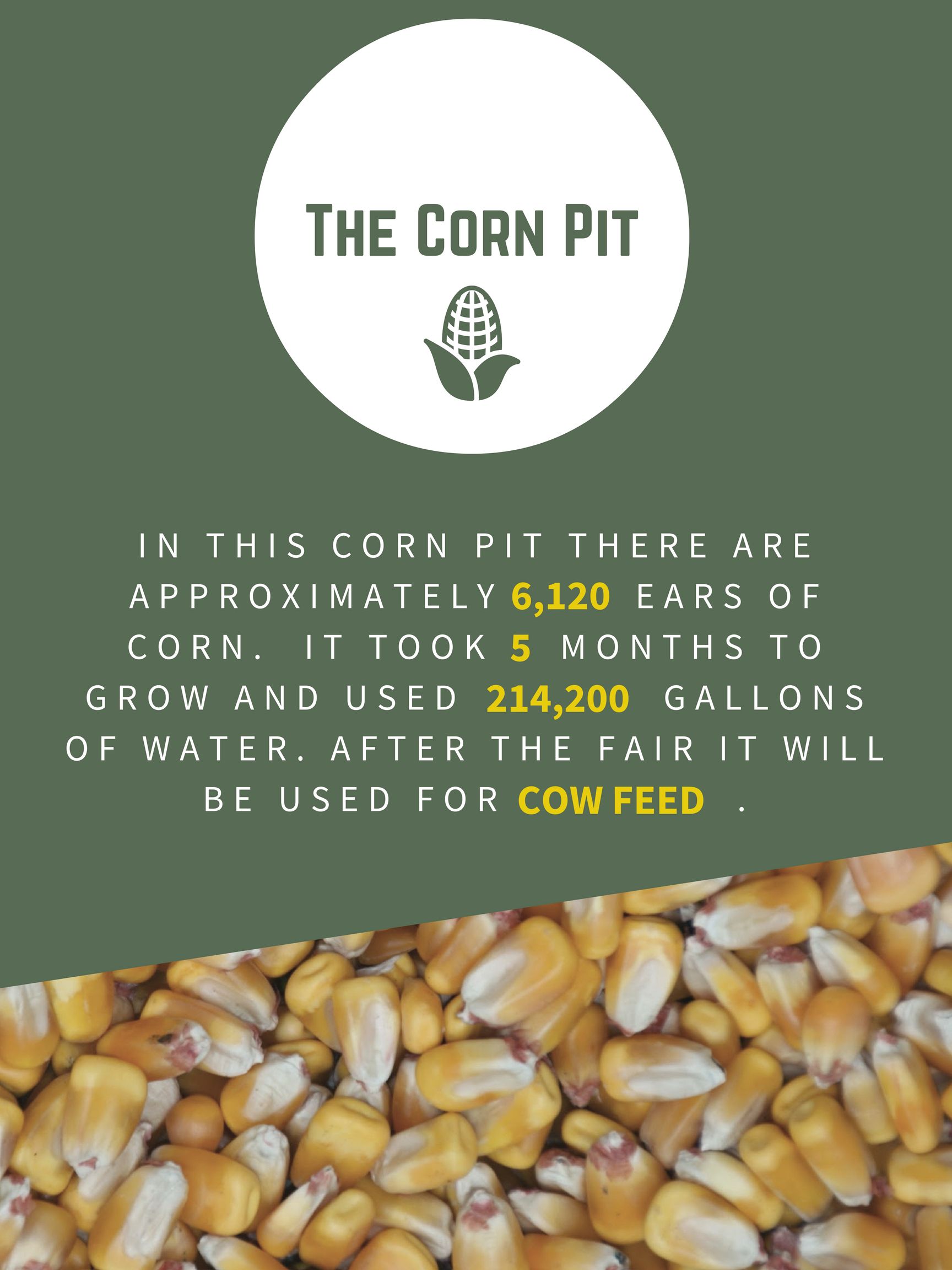
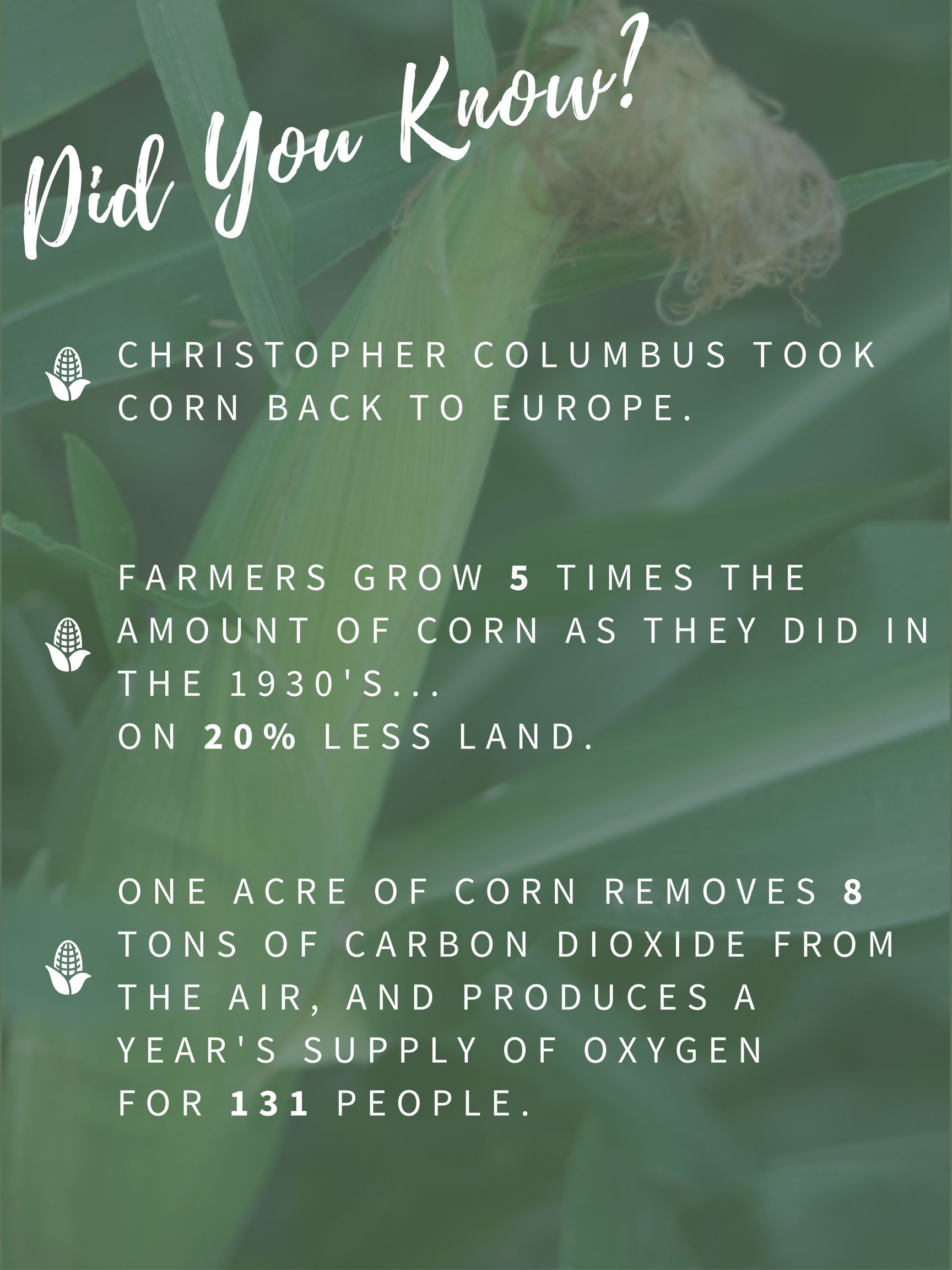
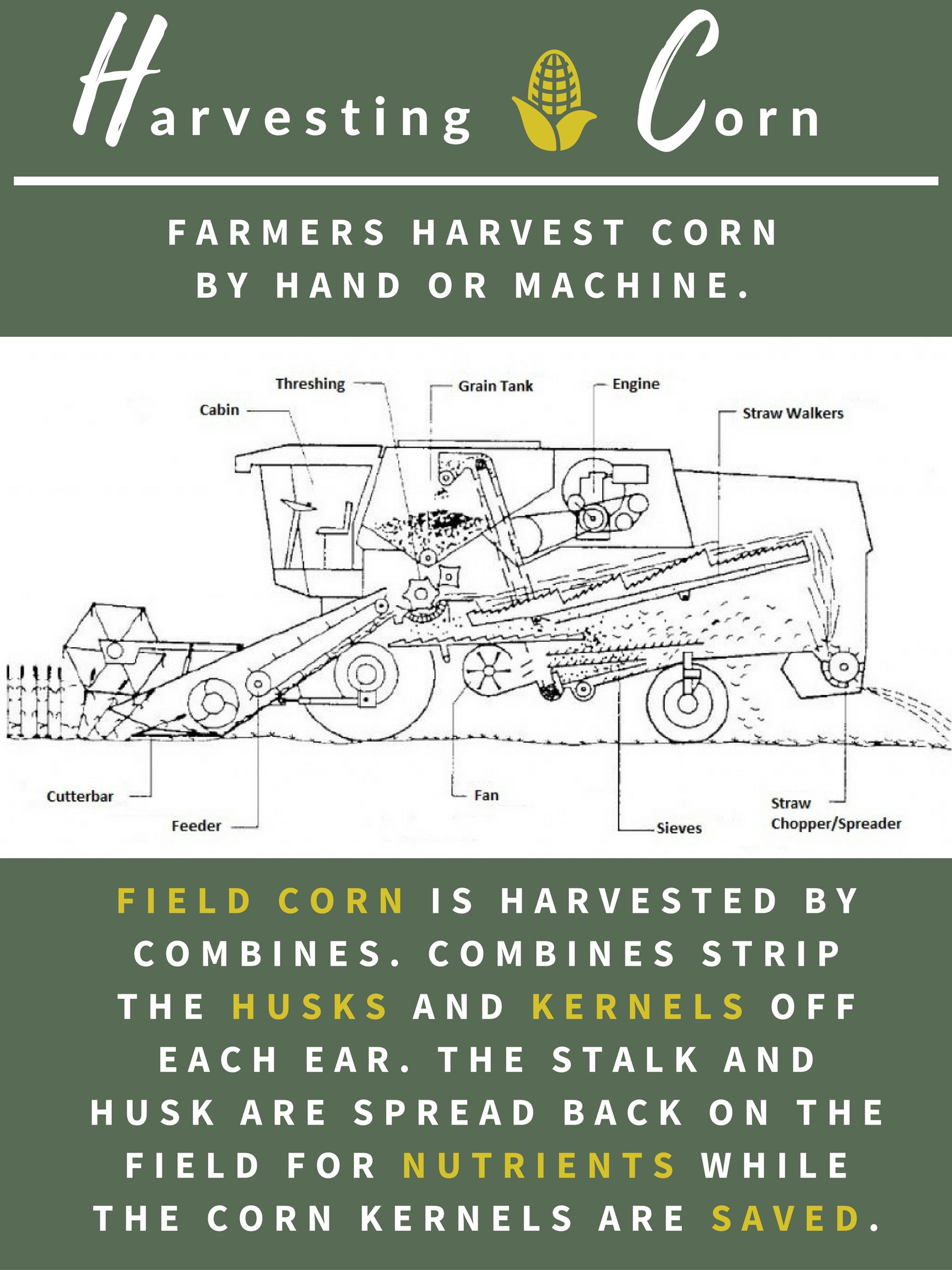
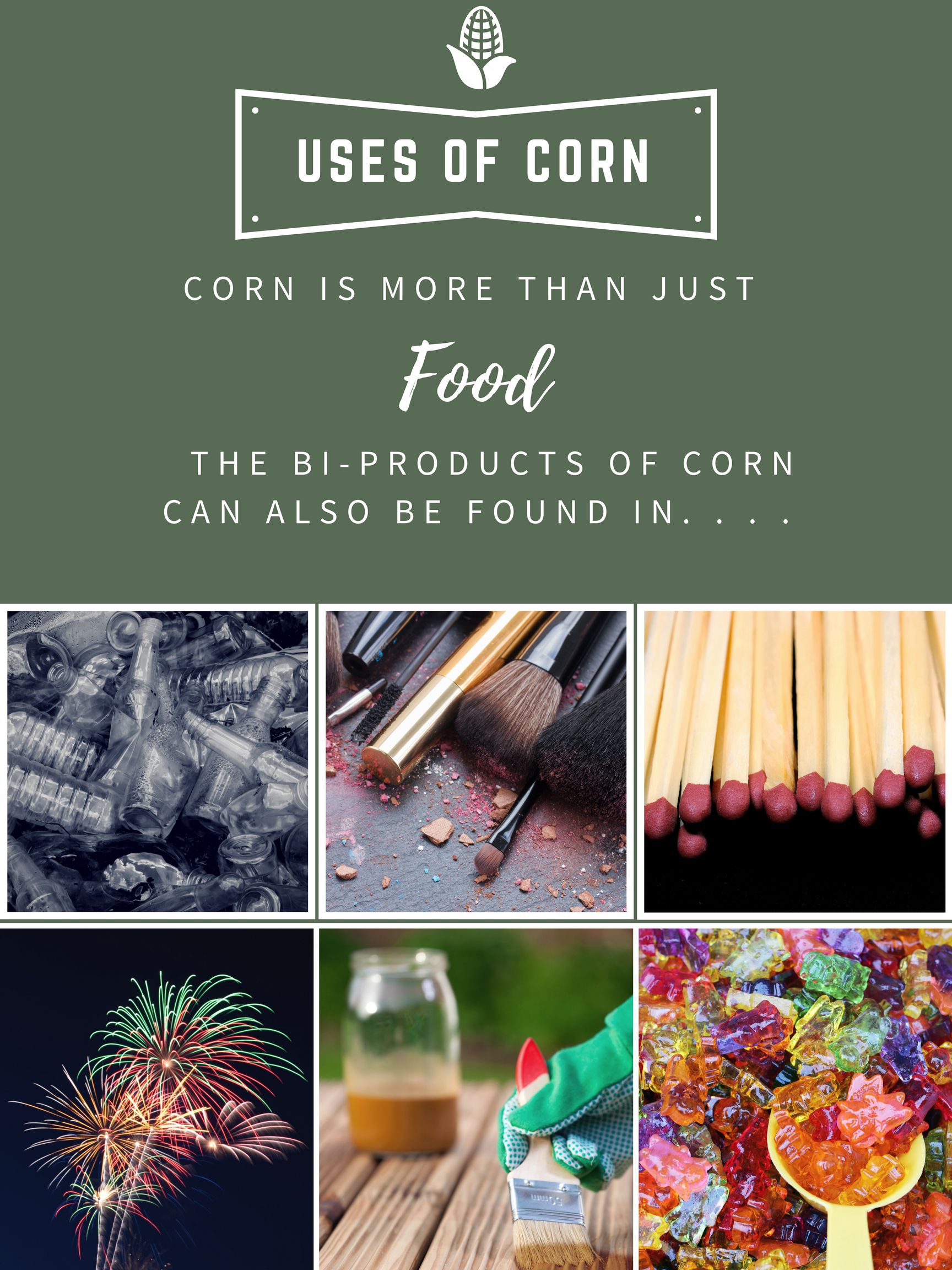
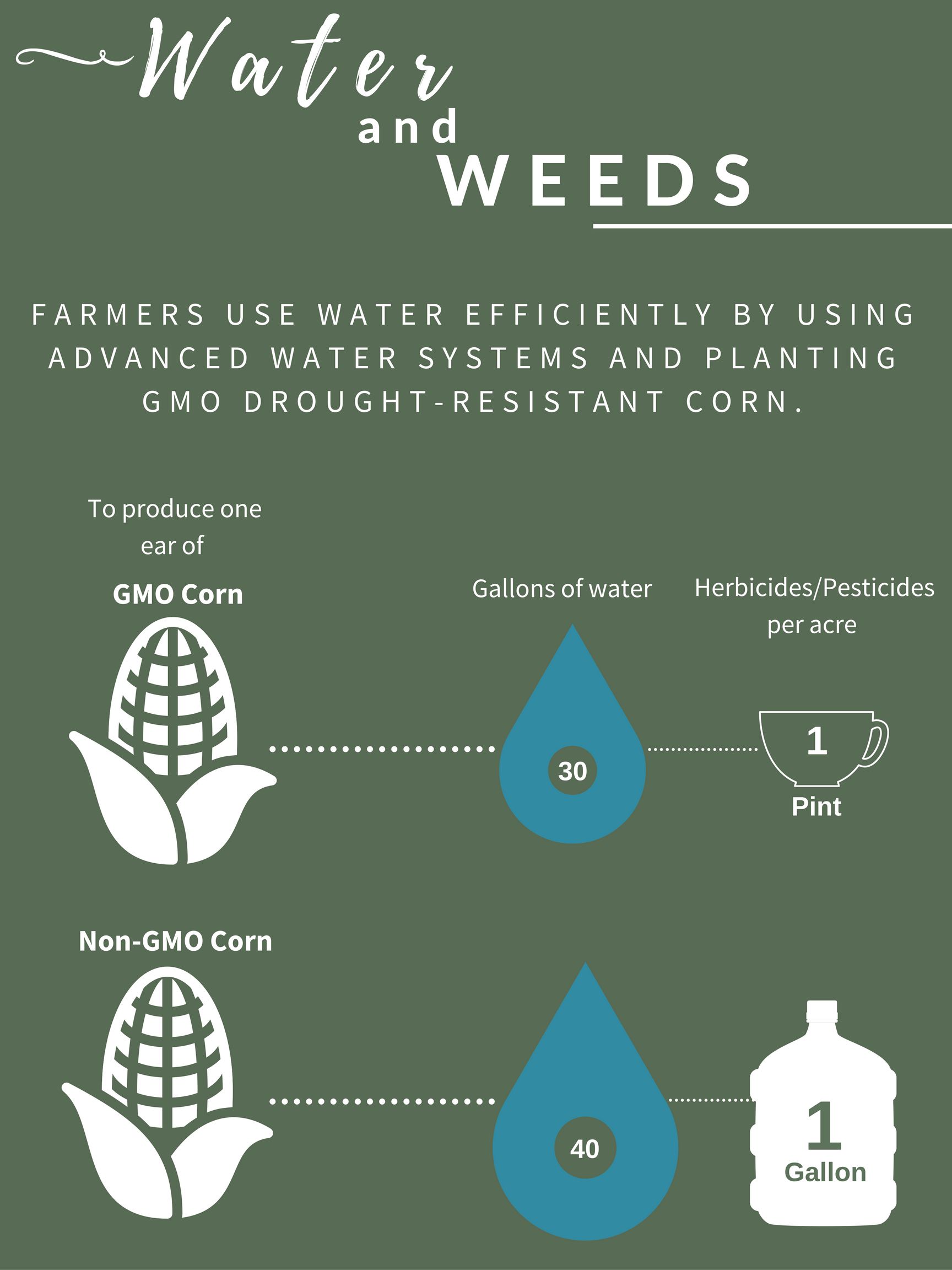
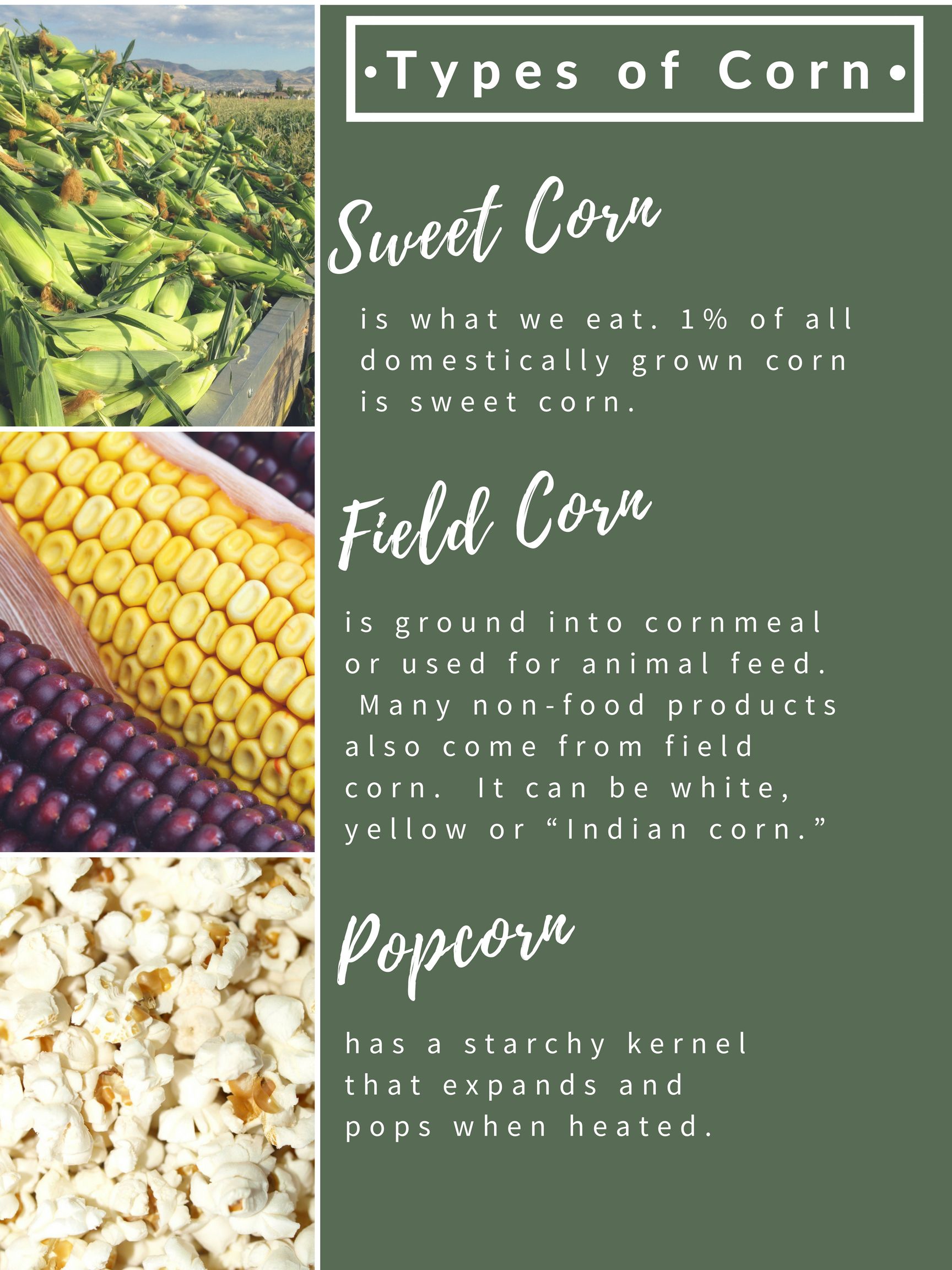
Want more news on this topic? Farm Bureau members may subscribe for a free email news service, featuring the farm and rural topics that interest them most!
